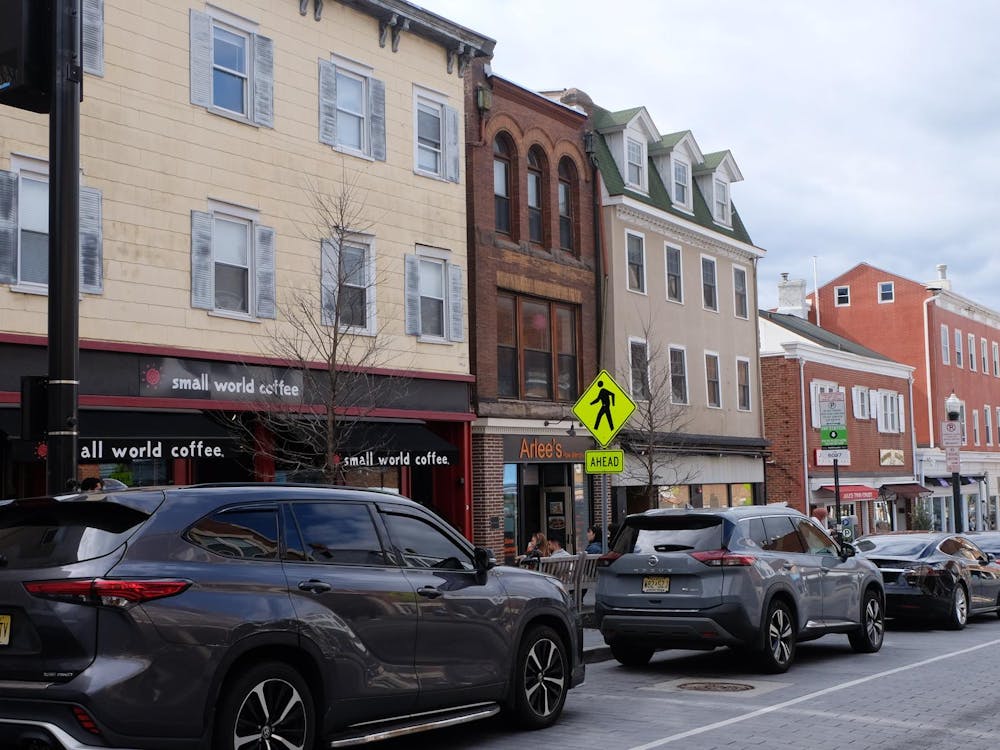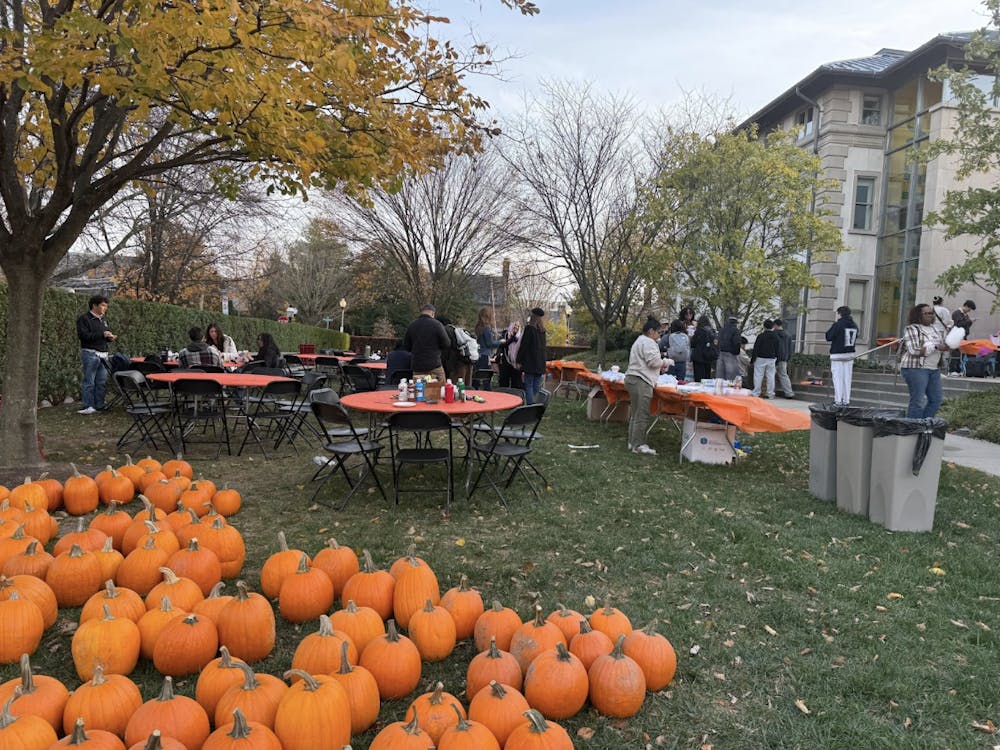A Wilson School employee discovered a suspicious, oily, paint-like substance in a letter yesterday, prompting Borough Police to close Robertson Hall and call the Trenton fire department's hazardous materials team.
University spokesman Marilyn Marks explained that the letter was sent from Canada and had no return address. She said the letter was addressed to "Robertson Hall" and not to anyone in particular. Though the building was reopened later in the day, the office where the letter was opened remains closed pending the results of an anthrax test.
Marks said she did not know whether the letter would be tested for other infectious agents.
The employee had taken the University's new mail handling training program and wore gloves when opening the letter, Marks said.
On discovering the substance, the employee called University Public Safety, who in turn notified Borough Police. The police called in a pair of hazardous materials experts, who summoned the full hazmat team to the scene, Marks said.
A firefighter, who asked not to be named, said that the FBI would be notified about the suspicious letter and that a final decision about when to reopen the office where the letter was found would be left to the police.
Robertson Hall was closed from around 11 a.m. until shortly after 2 p.m. while the authorities responded to the threat. The building was sealed, and no one was allowed to enter or exit the building or go to the first floor.
"I though that they were very good. They handled it really nicely," said Wilson School professor Stanley Katz, whose office is on the fourth floor. "An individual came by the top floor and told us what was happening and that we could not go down to the first floor."
Marks said she did not know how much time passed between the letter's opening and the hazmat team's arrival, but stressed that the authorities' response happened quickly. Shortly after the letter was found, she said, the building's ventilation system was turned off as a precaution.
The employee who opened the letter and one other person who handled it "were given the option of taking" antibiotics, Marks said. She explained that the risk to these two individuals is considered "minimal" and that no one else was offered medical treatment for possible anthrax exposure.
At the scene, fire engines, an ambulance, police cars and vehicles from the hazmat team formed a perimeter around the Prospect Ave. entrance to Robertson, while students passed between classes or on their way to lunch. Inside the ring of vehicles, a hazmat truck, buckets, brushes and spray bottles were visible. As the hazmat team prepared to leave, firefighters brought breathing tanks and a "decontamination pool" — an inflatable pool that hazmat team members stand in while their protective suits are rinsed off with a mixture of water, bleach and soap, according to a firefighter.
The firefighters on the scene said they are working 10 and 14-hour shifts, trying to keep up with the overwhelming volume of anthrax calls.

"They don't let me go home at night; they don't let me eat lunch," one joked.
Another of the firefighters explained that before every hazmat entry, emergency medical personnel check the pulse and blood pressure of the hazmat workers.
Members of the University community have reported at least forty-five suspicious incidents to Public Safety since mid-October with approximately two or three new suspicious incidents reported daily, according to Public Safety Crime Prevention Specialist Barry Weiser. Other than an incident at Frist Campus Center and this one at Robertson Hall, all cases were handled by Public Safety.
All cases involving powdered substances turned out to be false alarms that could be explained by plaster, paint, dust or other common materials. None of the suspicious letters or packages turned out to be cause for further alarm, according to Weiser.
Despite the false alarms, Weiser encouraged people to continue to report suspicious incidents. "We want them to call," he said.
(Princetonian Senior Writer Michael Stein contributed to this report.)







